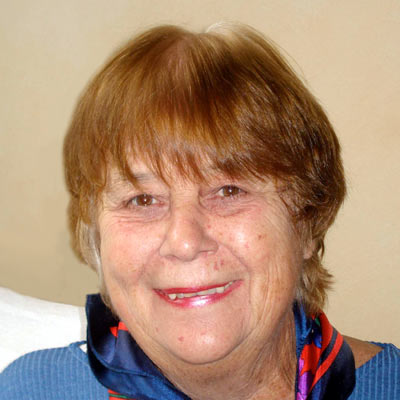In a nutshell, the answer is no. Only a handful of writers of this genre make enough to support themselves purely from selling their stories. To earn a living as a short story writer, you would have to supplement your income with magazine journalism and other media that pay a lot better.
Also, breaking into the Short Story market can be tougher than other forms of writing.
Submissions And Payment
Magazine journalists usually pitch their ideas to the editor of their target publication and if the editor is interested, they can usually consider their article sold. And they know up front how much per word the publication pays.
Short stories are handled quite differently. You send your story to a fiction editor who has never heard of you. To accept it for publication, she’s got to like your story better than all the others that land on her desk that week. Woman’s Weekly, UK, receives 800 stories per month, and use two per week. Others in the UK receive similar numbers. So if they buy your story, you’re entitled to feel pretty good and you know you’ve somehow hit the spot for that market.
Payment varies enormously, from 80 pounds to 500 pounds, depending on length of your work and the circulation figures of the magazine. The letter of acceptance usually tells you how much the editor is prepared to pay. Most magazines have standard rates for a shorter or longer story, others pay the same no matter what the length. Some have a sliding scale: for the first story of yours which they accept, you are paid ‘beginner’s rates’ and as they accept more submissions, your remuneration improves until it is more than double your first payment.
I have never heard of any short story writer who argues about the payment offered. The correct response is an enthusiastic ‘Thank you! I accept!” Unless you are a well-known fiction writer with several books to your credit, for example, Jilly Cooper. I’m pretty sure she gets offered more per word than lesser mortals!
Unlike some other media, which make you wait for your money until they’ve used your piece, magazines usually pay for stories on acceptance, or at the end of the month they took your story.
Elizabeth Dale, an extremely successful writer, aims at completing one story per day, of between 1000 and 3000 words. She has written over a thousand stories as well as 17 children’s books, but still gets her share of rejections.
Want to Turbo-charge Your Creative Writing?
The Tricks Of The Trade
With a short story, the trick is to sell it more than once. You never give up the copyright to your work, so you are free to re-sell the story in another country. (The exception here is Women’s Weekly in the UK who ask you to sign a contract promising that you won’t resell your story in the English speaking world for at least 18 months after publication. As there is often 6 months between the time they accept it and the date they print it, this can tie up your story for two years).
However you’re free to re-sell your story outside the English-speaking world: Germany, or the Scandinavian countries where they will translate it.
So, with a bit of tweaking to add local colour (characters’ names, currency, places mentioned) the same story can sell in South Africa, UK, Ireland, Norway, Denmark, Sweden, Germany, Australia, India and USA. Not forgetting the Internet. The only no-no is to sell the same story to two magazines in the same country.
Della Galton, another writer of light fiction for women’s magazines, stopped counting her sales some years ago when she reached 1000. These days she aims to sell at least 90 stories a year, and is one of the few short story writers who is able to support herself by her writing. Her acceptance/ rejection rate is about 88% acceptance and 12% rejection of everything she submits. She is also a master of ‘tweaking’ and re- submitting, her record being the sale of a seriously ‘tweaked’ story written 17 years before.
This multiple submitting means that some stories can earn quite a bit of money but this needs good record-keeping: date submitted, acceptance/ rejection, payment made, date published etc. Or you could end up submitting a story twice to the same magazine. Embarrassing!
But never mind the monetary rewards, the job satisfaction for a short story writer is enormous. There is no pressure of a looming deadline, you’re free to be as creative as you like and when you receive that e-mail from an editor that starts, “I would like to buy…” the whole day takes on a rosy glow.
The Job Perks
Perhaps the main difference between journalists who write for their living (and earn a lot more) and those of us who write short stories, is that for them, writing is their job. For short story writers, it is our pleasure, and actually getting paid for them is the icing on our literary cake.
Even Elizabeth Dale never tires of the thrill of selling her stories:
“Let’ s face it, fiction writing is wonderful. What other job – apart from politics – gives you good money to tell a pack of lies? If you’re a writer, you’ll write whether anybody pays you or not, and the thrill of actually seeing yourself in print and realizing your work is being read by thousands of people makes up for everything.”
Couldn’t have put it better myself!
© Ginny Swart, 2007

Ginny Swart
Ginny Swart started writing short stories in 2001, and to date has sold over 350 short stories to women’s magazines all over the world. She is also the author of three romance novels. In 2003 she won the esteemed UK The Real Writers Prize from over 4000 entrants.
Ginny tutors the Short Story Writing Course at the International Writers’ College












